| Module 1 | Overview |
Unit 1
| |||||
|---|---|---|---|---|---|---|---|
| Module 2 | Introduction |
Unit 1
|
Unit 2
| ||||
| Module 3 | Instructions |
Unit 1
| |||||
| Module 4 | Establish a Data Modernization Team |
Unit 1
| |||||
| Module 5 | Engage Partners |
Unit 1
|
Unit 2
|
Unit 3
|
Unit 4
| ||
| Module 6 | Make the Value Case |
Unit 1
|
Unit 2
|
Unit 3
| |||
| Module 7 | Build Strategic Sustainability for Data Modernization |
Unit 1
|
Unit 2
|
Unit 3
|
Unit 4
|
Unit 5
| |
| Module 8 | Assess Current State and Opportunities |
Unit 1
|
Unit 2
|
Unit 3
|
Unit 4
|
Unit 5
|
Unit 6
|
| Module 9 | Prioritize Projects |
Unit 1
|
Unit 2
|
Unit 3
|
Unit 4
| ||
| Module 10 | Develop the Plan |
Unit 1
| |||||
| Module 11 | Implement |
Unit 1
|
Unit 2
|
Unit 3
| |||
| Module 12 | Data Modernization Appendices |
Unit 1
|
Unit 2
| ||||
| Module 13 | Data Modernization Planning Resources |
Unit 1
|
Find ways to create redundancy
Redundancy, duplicating systems or data to serve as back-ups in case the primary system fails, is key for successful data collection and use. What happens if lab reports are no longer consumable because of a failure in the data system? Look to the data modernization team to use ingenuity to improvise ways to keep the data system going even when it breaks. Redundancy and back-up systems are great; however, even with back-up systems, they can still fail, which is why determining non-technological back-ups is necessary.
In addition to backing up data, having more than one person who can do a particular job is important to prevent a halt in work if someone is unable to perform their duties due to sickness or reassignment to support surges in demand, such as in a pandemic. Often, projects are siloed to one program or one staff member. When staff leave the health department, the work completed by the staff member leaves too. To alleviate this risk, think about how to involve staff from multiple areas within the health department—even if that means only taking part in the project for just a short while. This allows staff to get an understanding of the project and the ability to step in when workforce turnover occurs. Additionally, documentation allows for staff to pick right up where others have left off.TipPrioritize documentation. While documentation can be laborious, carving out time to document lessons learned, decisions made and the set-up of the project will allow for projects to continue for the long-term, even when veteran staff leave.

Resource: Ensuring well-designed and effectively-used information systems
This article provides examples of the types of questions to assess the design and effectiveness of information systems.
Resource: Creating a skilled informatics workforce
Resource: Informatics-savvy health department and interoperability self-assessment tools
These two self-assessments provide questions and worksheets to assist health departments in considering their own informatics capabilities and readiness for interoperability.



- PUBLISHED:


